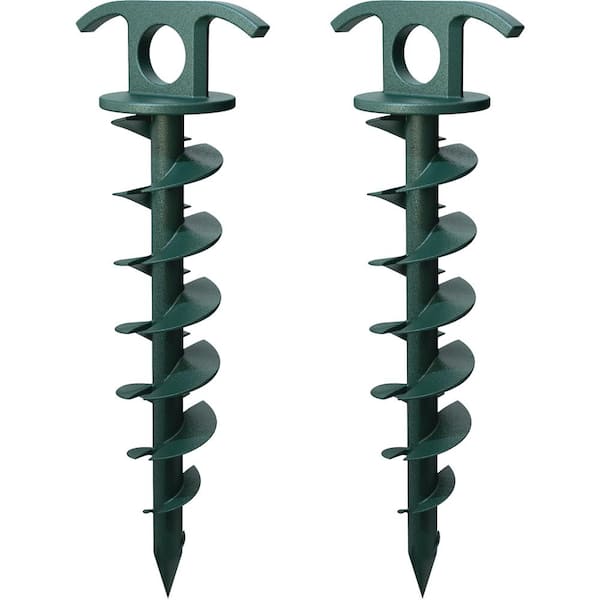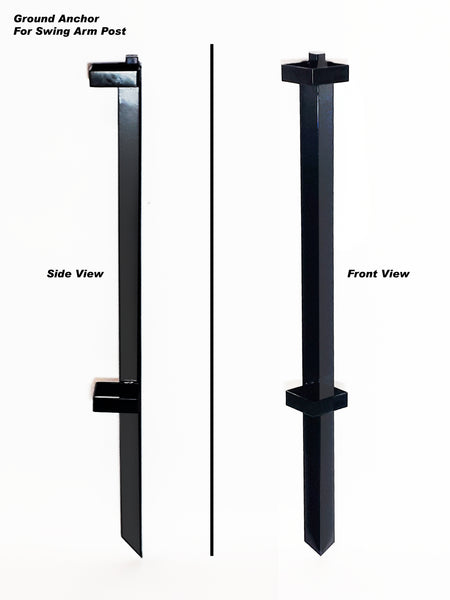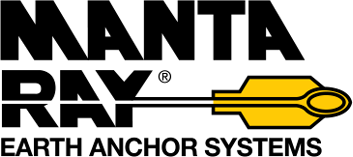Analyzing Various Ground Anchor Models to Find the Perfect Fit for Different Uses
Analyzing Various Ground Anchor Models to Find the Perfect Fit for Different Uses
Blog Article
Discover the Various Sorts Of Ground Support for Your Following Task
When getting started on a construction or landscape design task, comprehending the numerous kinds of ground anchors offered is critical to ensuring both stability and durability (Ground Anchor). From auger supports, which master varied soil problems, to risk supports designed for momentary installations, the choices are various. Additionally, concrete and screw supports existing distinct benefits in specific circumstances, while deadman anchors are customized for applications requiring resistance to lateral pressures. The selection of a suitable anchor kind can dramatically affect the general success of your project, motivating further exploration into their corresponding benefits and applications.

Auger Anchors
Auger supports are a preferred selection in various construction and landscape design projects as a result of their one-of-a-kind style and reliable anchoring capacities. These supports consist of a helical screw-like shaft that is driven into the ground, permitting a steady and protected hold. The spiral style facilitates simple installation and optimizes resistance against lateral forces, making auger supports specifically reliable in applications such as fencing, momentary structures, and disintegration control.
The installation procedure of auger supports is fairly straightforward. Auger anchors can be easily removed and recycled, which includes to their cost-effectiveness and sustainability.
Among the considerable benefits of auger anchors is their ability to distribute loads uniformly across the surrounding soil, decreasing the risk of soil disruption and reducing ecological impact. Additionally, they are much less prone to loosening up or heaving in time contrasted to conventional securing methods. Auger supports are an exceptional choice for projects needing sturdy and trustworthy anchoring options.

Stake Anchors
When it involves protecting frameworks in a selection of outside applications, stake supports use a simple and reputable remedy. These supports are usually created from long lasting products such as steel or aluminum, created to stand up to ecological stress and anxieties while supplying optimum stability. Their straightforward style permits for fast installment, making them an ideal selection for temporary or long-term anchoring needs.
Stake supports are especially valuable in safeguarding tents, canopies, and various other light-weight structures versus wind and weather. They work by being driven right into the ground at an angle, producing a strong hold that withstands pull-out pressures - Ground Anchor. The efficiency of stake anchors depends on several elements, including soil type, moisture material, and the angle of installment
For included safety and security, lots of stake supports come with attachment factors for ropes or bands, enabling stress modifications as needed. In applications such as landscape design or building and construction, they can effectively maintain equipment or structures on irregular surface. Generally, risk supports supply a functional and economical service for protecting different outdoor installments, making them a favored selection for contractors and DIY fanatics alike.
Concrete Anchors
Concrete supports give a durable remedy for securing frameworks to concrete surfaces, making certain stability and security in various applications. These supports are important for jobs ranging from domestic constructions to large-scale industrial installments. They come in different kinds, including expansion supports, sticky anchors, and undercut anchors, each created for specific tons demands and ecological conditions.
Glue supports utilize high-strength epoxy or material to bond the support to the concrete, providing premium load-bearing capabilities, especially in fractured concrete scenarios. Undercut supports develop a distinct shape within the concrete, giving remarkable holding power, particularly in applications where tensile lots are widespread.
When implemented properly, concrete anchors substantially improve the architectural integrity of numerous jobs, making them crucial in modern-day construction methods. Comprehending the certain demands of your project will assist in picking the ideal type of concrete support for the task.
Screw Anchors

Screw anchors are a versatile fastening remedy that can be properly employed in a selection of applications where conventional concrete supports may not be adequate. These anchors contain a helical style that permits them to be quickly driven into the ground, making them perfect for use in soil and other substratums. Their unique structure gives superb holding power and resistance to pull-out forces, making them appropriate for various jobs, from landscape design to architectural support.
One of the see main benefits site of screw supports is their convenience of setup. They call for marginal equipment and can often be mounted without the requirement for excavation, which conserves both time and labor prices. Additionally, screw supports can be removed and reused, offering a sustainable solution for temporary applications.
Screw supports are particularly beneficial in areas where dirt conditions are testing, such as loose or sandy soils. Their capacity to be installed at differing midsts permits personalization based upon certain task needs. In general, screw anchors supply a efficient and trusted anchoring approach, making them a superb option for designers and service providers looking for effective remedies for their tasks.
Deadman Anchors
Deadman anchors act as a durable solution for supporting structures in challenging conditions, particularly where conventional securing approaches may fail. These supports contain large, heavy items buried underground, which create resistance against side forces. The style usually includes a straight element, such as a block of concrete or a steel plate, buried in the soil, to which bands or cords are affixed.
The efficiency of deadman supports hinges on their capacity to distribute loads over a larger area, lowering the danger of failure in unsteady soil conditions. They are specifically useful in applications such as preserving wall surfaces, momentary frameworks, and incline stablizing, where dirt activity can jeopardize the integrity of the framework.
Installation of deadman supports needs careful planning to guarantee they are positioned at the proper deepness and orientation, maximizing their load-bearing ability. While they might need even more labor and product than light-weight supports, their reliability in damaging conditions makes them indispensable for long-term jobs. In addition, deadman anchors are flexible and can be adjusted to different applications, making them a go-to option for engineers dealing with special obstacles in their tasks.
Verdict
Auger anchors excel in varied soil conditions, while stake supports suit short-term applications. his explanation For concrete surface areas, development and sticky supports provide trustworthy alternatives, and screw anchors offer versatility in difficult surfaces.
In addition, concrete and screw supports existing distinct benefits in specific scenarios, while deadman supports are customized for applications requiring resistance to side forces - Ground Anchor.Auger anchors are a prominent selection in different construction and landscaping jobs due to their distinct style and efficient anchoring capabilities. They come in various kinds, including growth supports, sticky anchors, and undercut supports, each created for certain tons demands and environmental problems
Sticky anchors use high-strength epoxy or material to bond the anchor to the concrete, providing exceptional load-bearing abilities, especially in broken concrete scenarios. On the whole, screw anchors supply a reliable and reliable securing technique, making them a superb choice for professionals and engineers seeking effective remedies for their tasks.
Report this page